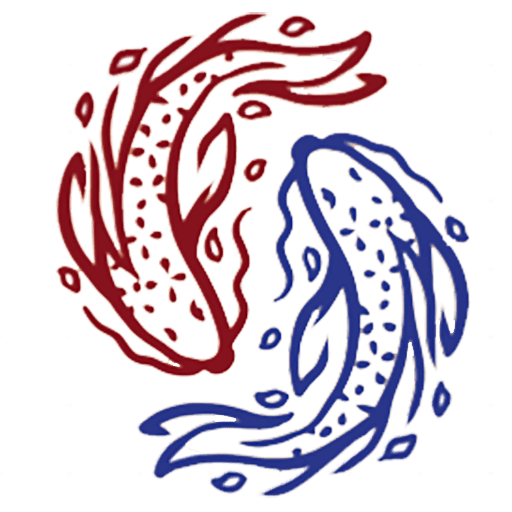Phenylalanine is an important amino acid in our bodies, but alterations in its metabolism can lead to serious diseases and phenotypic disorders. One of the diseases resulting from a change in phenylalanine metabolism is Phenylketonuria (PKU).
As you should know, amino acids are a fundamental part in our system. They create proteins in our body, that are used for muscles, functionality of the body and much more. In the genetic code, there are 20 different amino acids that all alive organisms can produce.
Throughout this article, we will look at the importance of Phenylalanine in the body. Its metabolic process, the genetic origin of Phenylketonuria, genetic inheritance of the disease, the importance of the heel prick test.
Phenylalanine is one of the amino acids that make up proteins. However, the human body does not have the capacity to produce this amino acid. So it needs to be obtained from the diet through protein foods (meat, eggs, nuts…).
Being an amino acid that makes up protein complexes.
The Phenylalanine
Phenylalanine, through its metabolic chain involving enzymatic reactions, enables the formation of other amino acids, including Tyrosine. Tyrosine, in turn, produces neurotransmitters (such as adrenaline), which are essential for neurological communication.
Phenylalanine metabolism
As we’ve seen, phenylalanine is obtained through food. Consequently, this amino acid is absorbed by the body and transported through the bloodstream to the liver. In the liver, phenylalanine is converted into other fundamental molecules, where its concentration is regulated through its metabolic chain. This a process that is fundamental to preventing its accumulation in the body.
Firstly, phenylalanine is converted into tyrosine by the enzyme phenylalanine hydroxylase (PAH), which needs the cofactor BH4 for it to work properly. The tyrosine produced can give rise to other important molecules and continue the rest of the metabolic chain.
It’s important to know, that under normal metabolic conditions, the products of the metabolic chain and their derivatives are eliminated through the urine in a controlled manner.

Fig. 1- PKU cause. Phenylalanine metabolism. (Source: Stepwards)
Phenylketonuria
We can have various diseases that arise as a result of alterations in phenylalanine metabolism, i.e. mutations occurring mainly in the enzymes involved in the process. This means that depending on the stage of the metabolic process and the mutated enzyme, we can have a particular associated disease.
With regard to Phenylketonuria, this disease results from an alteration in the first stage of phenylalanine metabolism, where the enzyme Phenylalanine Hydroxylase (PAH) is mutated and does not function correctly. Consequently, phenylalanine is not converted into tyrosine, or at least not at the levels it should be. So it accumulates successively in the patient’s blood and can reach toxic levels.
What are the Symptoms of Phenylketonuria, and how can it be diagnosed?
The main symptoms associated with the disease correspond to Intellectual Disability, meaning that individuals can present mental retardation, seizures and behavioral problems.
As far as diagnosis is concerned, we can have an early diagnosis, which is made by means of the heel prick test carried out on newborns. This is very important, as it allows the disease to be detected at an early stage. Which allows control and treatment methods to be applied directly, before severe symptoms are manifested.
Phenylketonuria Treatment
Since patients have extremely high levels of phenylalanine in their bodies, one of the methods for regulating PKU consists of a restrictive diet. The patient must avoid foods rich in this amino acid. In addition, there are new enzyme therapies and even new medications that help metabolize phenylalanine.
Thank you for reading. If you’re curious and want to learn more, go to the “articles” section or click on the sidebar on the right. Every week there are new articles published and new curiosities, stay tuned! Subscribing to our Newsletter will notify you when a new article drops.
Read Next
